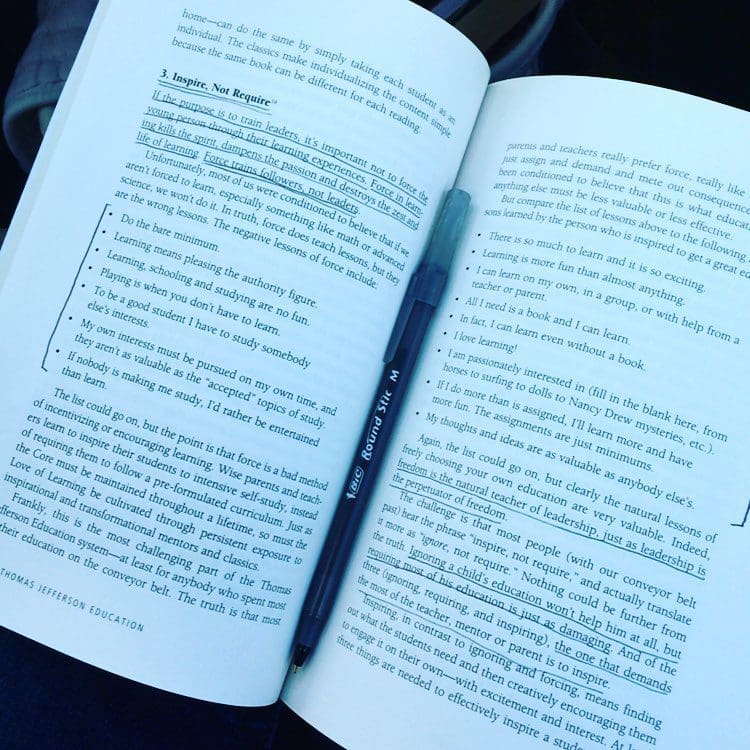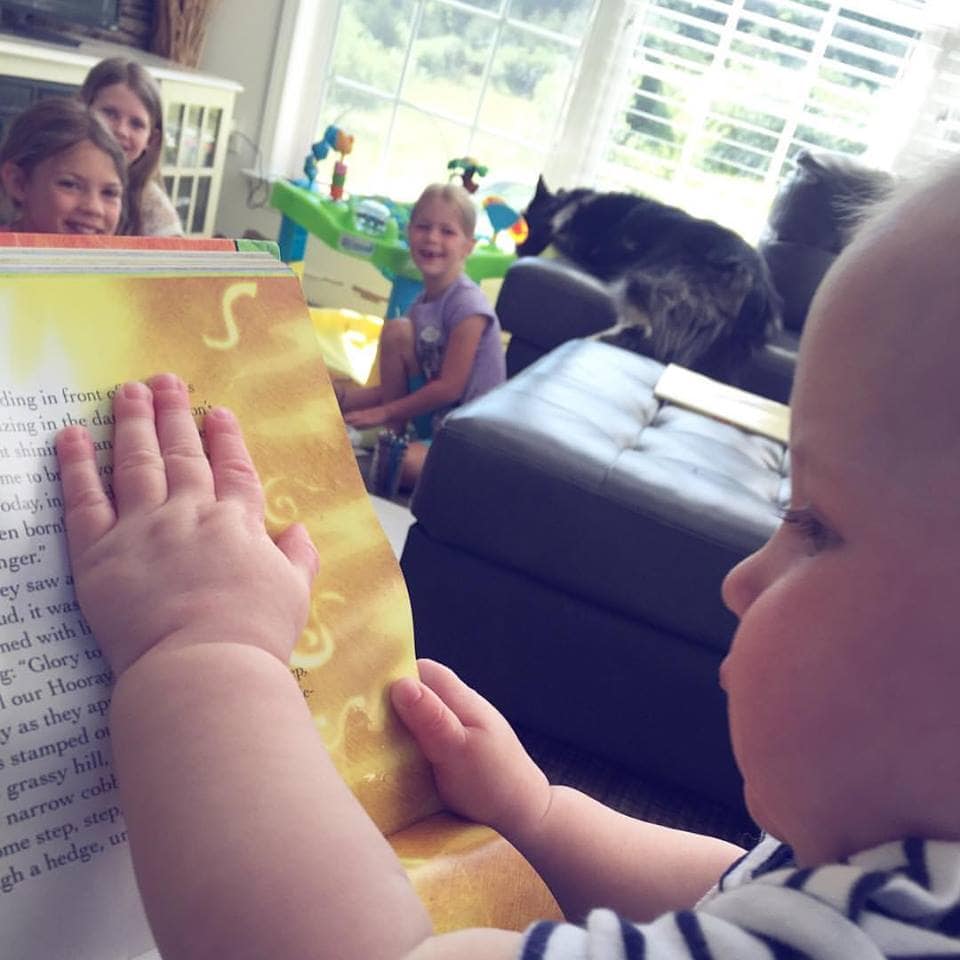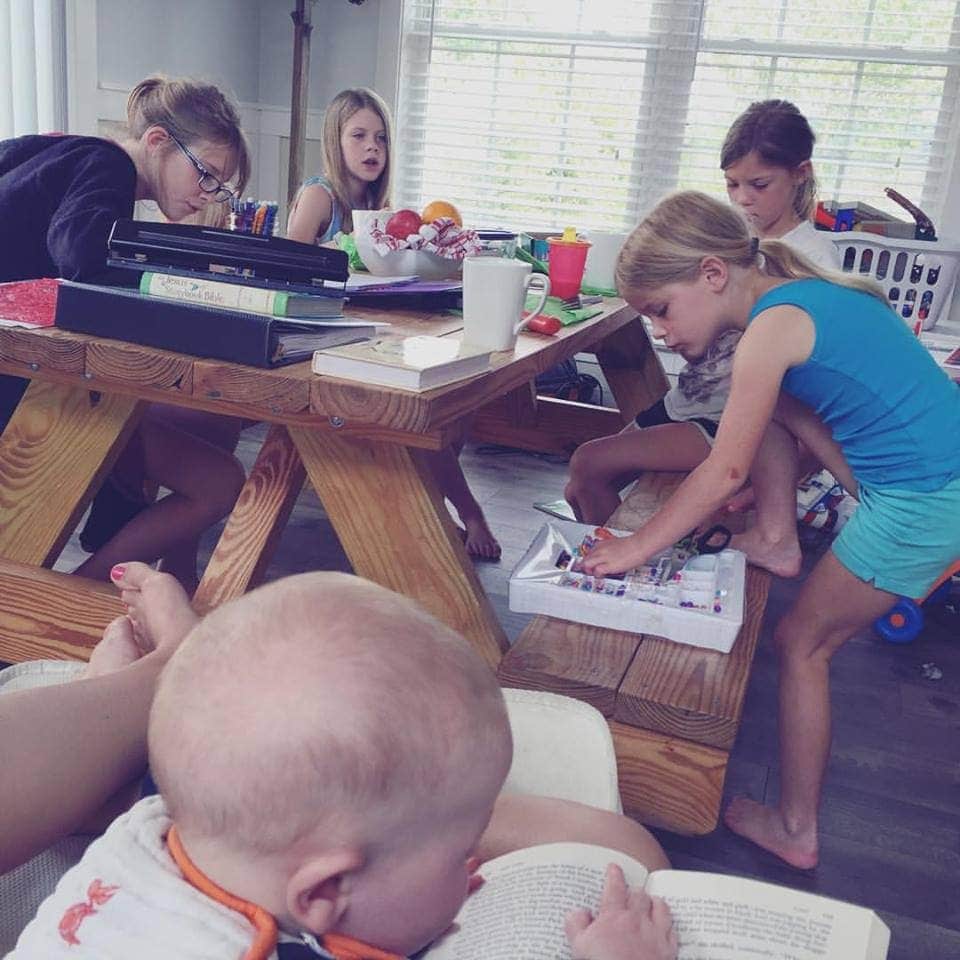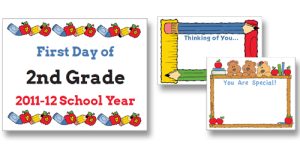
In addition to reprioritizing, one of my top personal goals, while we were in Florida in May, was to complete the Focus & Align Masterclass.
I was reminded through that process that while academics are definitely one of my top goals, bookwork isn’t.
As I went through the class, I thought these seven guiding rules would mean a bigger focus on morning time as well as scheduled one-on-one time with each of the girls, and I’d even started sketching out a schedule to that end.
Then, at the Classical Conversations practicum, we attended right before coming home, I picked up A Thomas Jefferson Education by Oliver DeMille. At the time, I had no idea it would be an utterly life-changing book, but the more I read, the clearer my vision became. It was as if it took all of my educational goals and the ideas I’d been reaching for in our homeschool and boiled them down into a single laser focus.

For me, the part that was both the most challenging and the most inspiring was one of the 7 Keys of Great Teaching: “Inspire, not require.”
Our past school year has been successful by almost any measure: we were consistent, there was little grumbling, we found a routine that works, and everybody buckled down each day to get their work done. We focused on independent work (or partnering the girls together sometimes), which allowed me to meet the boys’ needs and work while homeschooling.
Except for one huge problem: we had completely lost our love of learning. The goal became getting done as quickly as possible in order to move on to the enjoyable parts of life, and I hated that.
As I was reading the “inspire, not require” section of the book, I couldn’t imagine what that would look like. I wasn’t willing to simply let go of all of my expectations and leave them to their whims, especially since we were coming into it without a love of learning. But, oh, how I want to inspire them to love learning and not to view it as something they just have to get through each day.

On the heels of feeling overwhelmed by this impossible mandate, the next key—“Structure time, not content.”—resulted in one of the biggest aha moments of my homeschooling journey. By requiring a certain amount of time to be spent on academic endeavors but not requiring specific activities, it’s easy to imagine how they’ll rediscover a love of learning in the process.
And the last of the keys—“You, not them.”—helped me realize that I need to inspire them by coming alongside them as a fellow learner rather than as the boss who was simply making the assignments and supervising their completion.
In fact, a friend of mine had shared before we left that her daughter was taking a difficult Latin class, and each day they would lock themselves in her bedroom and work through the Latin together. I didn’t realize it at the time (although it sounded beautiful), but this perfectly illustrates this principle at work.
After finishing A Thomas Jefferson Education—and underlining multiple passages on virtually every page—I revamped our entire schedule, setting aside a significant portion of each day (8am – 1pm) solely for school, tossing our checklists altogether (sniff…I loved those checklists), and approaching our school time as a family rather than as individuals.
What does this look like in practice?

As I mentioned, we decided to start with a geography-based study of Africa, using many of the books listed in Give Your Child the World. So far we’ve learned about Wangari Maathai and the incredible impact she had on Kenya’s culture and the environment, which led to a study of plants and photosynthesis and a search for the plants that grow in our own backyard; Jane Goodall and the animals of Africa plus principles for observing and studying animals; common foods in various parts of Africa plus words in Swahili (which has me so excited to start learning Swahili once it becomes available on Duolingo next month!); and more. We’re also rereading Dr. Doolittle, one of the books that inspired Jane Goodall as a child. And we’re drawing and redrawing Africa, learning the countries little by little as we go.
We start each morning with breakfast and chores, followed by Bible and read alouds—as many as we can read before the little guys completely fall apart. Then we play a math game before splitting up to do math individually (I work with our 2nd grader and kindergartener during this time). I also do reading with our kindergartener while the bigger girls are finishing up. Then the little girls draw or read while the big girls and I do English grammar or Latin together.
Our goal is to stick to that schedule 3 days a week. On the other two days I have them do science and math.
We’re not doing any assigned writing assignments right now, but both big girls are writing books (and emailing their drafts to a friend who is acting as editor for them!), which seems to confirm that this is the right approach.
Still learning
Although I’m very happy with this change and can already see the fruits of the new approach, I’m also still learning.
Jamie Martin (author of Give Your Child the World and the editor of Simple Homeschool) has been raving about leadership education for years—I still can’t quite figure out why I hadn’t picked up one of the DeMille’s books before now!—and she recommended that I read Leadership Education: The Phases of Learning next, so I’m currently diving into that one.
Also on my nightstand: For the Children’s Sake by Susan Schaeffer Macaulay and Consider This: Charlotte Mason and the Classical Tradition by Karen Glass.
In addition, I’ve been anxiously waiting for this month’s Read Aloud Revival masterclass, Ancients to Zoology: Teaching History & Science Through Story, which offers more practicalities about using read-alouds to inspire the whole family. When we first started homeschooling, I planned to use Sonlight for our curriculum. In the end, juggling multiple cores has just never worked for us, but I still love this literature-based approach, and I’m looking forward to Pam’s ideas on making that work for the whole family!
Have you read A Thomas Jefferson Education? What book has had the biggest impact on your homeschool?



